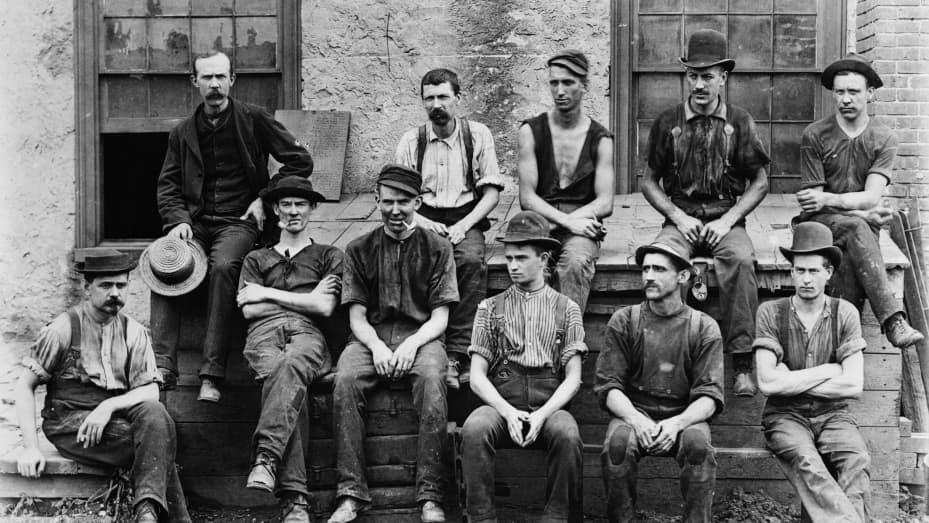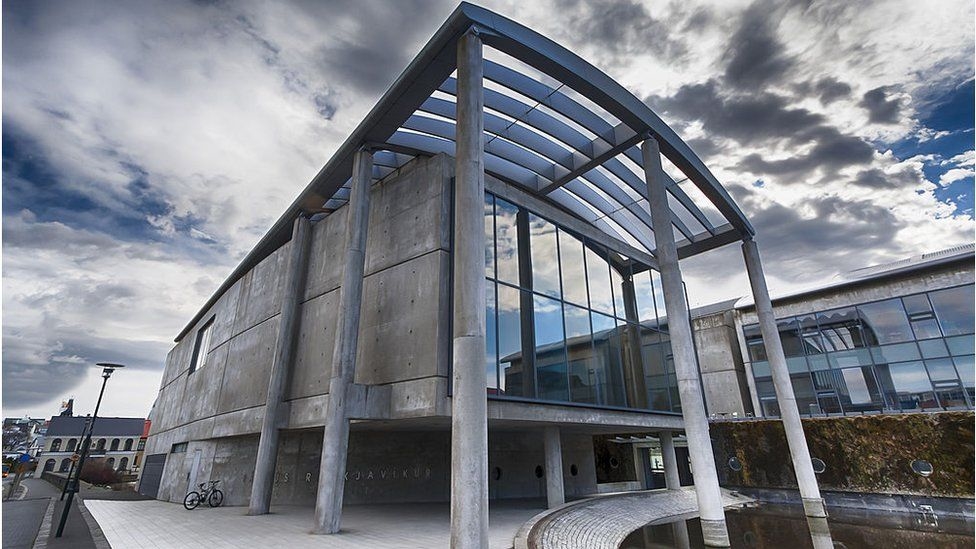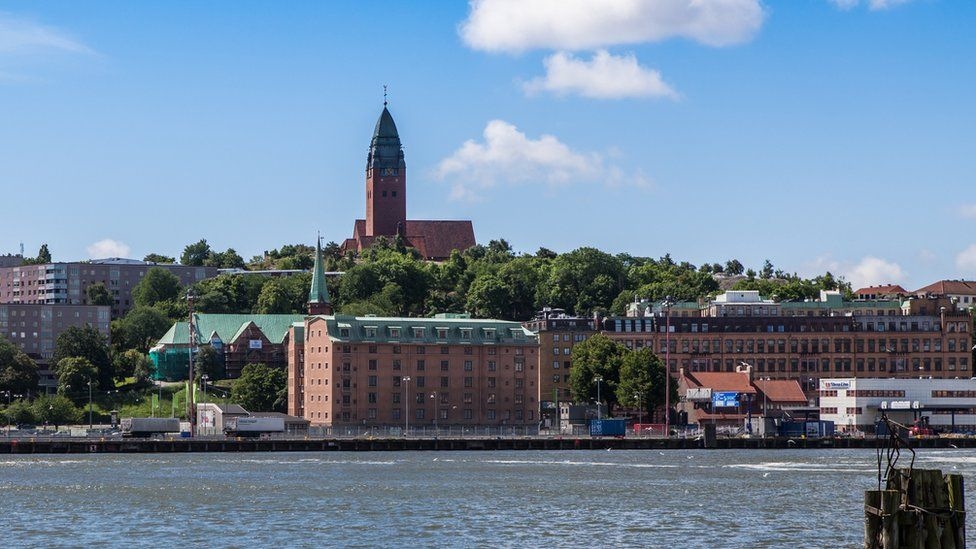The 40-Hour Workweek Is Over and We Should Let Hybrid Work End It For Good

The 40-hour workweek is done for. Executives know it, and employees do too, even if very few of them are saying it out loud. As big-name corporations like Amazon delay bringing workers back to the office due to continued COVID-19 concerns, others are trying to coax workers back and fretting over what might happen if they refuse. Employees, on the other hand, are finding remote work useful as a bargaining chip. But how much we work – as opposed to where – seems to be a secondary concern.
Let’s face it: the 40-hour workweek is a relic. The eight-hour day structure of the modern workweek dates back to the Industrial Revolution, when organized labor began agitating for humane conditions and shorter hours. Governments throughout the world legislated the new working time structure in the early 20th century, and it’s remained the standard ever since. Seeing as the very mechanics of human life have changed astronomically since then, why are we still clinging to this exact structure and concept of clocking-in and clocking-out? That being said, espousing a radical swing to an all-remote future is also no way forward for business owners or employees.
Maybe we’re not 19th century factory workers, after all
Pre-pandemic, there were a handful of investigations into a reduced workweek. Success stories came out of government-sponsored trial periods in Iceland and Sweden. Both trials found that productivity remained the same or improved, despite the reduced number of working hours. The post-pandemic moment gives us the opportunity to really rethink the 40-hour benchmark directly within companies – beyond government trial periods.
Any transformation needs to be implemented with deliberate care. As we reevaluate how and when we are productive, the ultimate goal is to liberate ourselves from the strict parameters designed for assembly line and factory work. The key to unlocking those Industrial-era shackles? A structure that mixes remote and in-person office time, and that prioritizes deliverables and fluid schedules over punching in and punching out at a given time: Hybrid work.

Hybrid work enables workers to enjoy the benefits of remote work, particularly on days they want to buckle down on an individual task without distractions. It also addresses every single problem presented by the all-remote model: it cuts down on video conferencing fatigue, enables mentorship of early career employees, and creates time and space for celebrations and get-togethers that build company culture.
The road to better work is paved with a sense of intention
COVID-19 took a sledgehammer overnight to office work as we knew it, thrusted new perspectives and previously unthinkable strategies into the conversation around work-life balance. The remote situation dramatically changed how employees approached their jobs, and in some cases, how quickly they were able to do them. Moreover, workers noticed the benefits of being able to keep a toe in their regular life during the workday, throwing in a load of laundry between Zoom calls. The midday shower became ubiquitous enough to be declared a trend and memed on TikTok.
But let’s be clear here: the all-remote, all-the-time future is not coming. There’s too much resistance from executives across the board, and employees are justifiably burnt out on constant video conferencing and Slack pings. As great as it is to be able to throw in that load of laundry, it can come with an unfortunate blurring of boundaries between work and life. It gets complicated when your desk is also your kitchen table. This is the old ‘new normal,’ and it wasn’t built to last.

Instead, the new workday and the new office should be guided by one thing above all: intention. Time in the office should be focused and intentional, in a way that it simply wasn’t when it was the norm. The days of going to the office because that’s just what you do are over. Shorter work days lend themselves to valuable prioritization and real focus; planned meetings and events in the office carry real intentional weight.

Hybrid work is a rare situation that really is the best of both worlds, if we let it. The intentionality it fosters plays to the strengths of remote work for individual tasks, and the benefits of in-office time for collaboration and brainstorming. It’s highly customizable: shorter-hour days, adjusted hours early in the morning or late in the evening, a set period of weekdays in and out of the office, the ability to come in just for a specific hour-long meeting then leave again, and come-in-whenever days when there’s a party or team building event planned for the end of the day. And since it’s so customizable, open communication and a willingness to be adaptable are key here.
Hybrid work is the final blow to the 40-hour workweek — and that’s a good thing
So let the new vision of hybrid work kill the hard parameters of the 40-hour work week and the eight-hour workday. Save the office, but bring it back better. Keep remote work, but not the monotony and the burnout. Let creative people be unproductive, then reap the benefits. Let employees spend more time with their families and away from work, so they can be focused and well-rested when they are working. Designing a hybrid work model with the ways people work (in 2021, not in 1921) in mind is the equivalent of setting a company-wide intention to work smarter.
Hybrid work is ultimately a compromise. It’s a negotiation between the old way of doing things and the new one, between older generations more keen on office life and younger ones who prefer remote situations, and between employers’ insistence on maintaining a feeling of communal company energy and employees’ desire to work on their own terms. As far as compromises go, it’s a great one, and certainly the best one we’ve come up with. It’s our best way forward toward a new intentionality at work, one that isn’t dependent on outmoded understandings of how time at work is best spent. The 40-hour work week has had a pretty good century, but it’s time to move on. So let’s rethink the workweek once more – this time with feeling.
Business & Finance Articles on Business 2 Community
(16)


